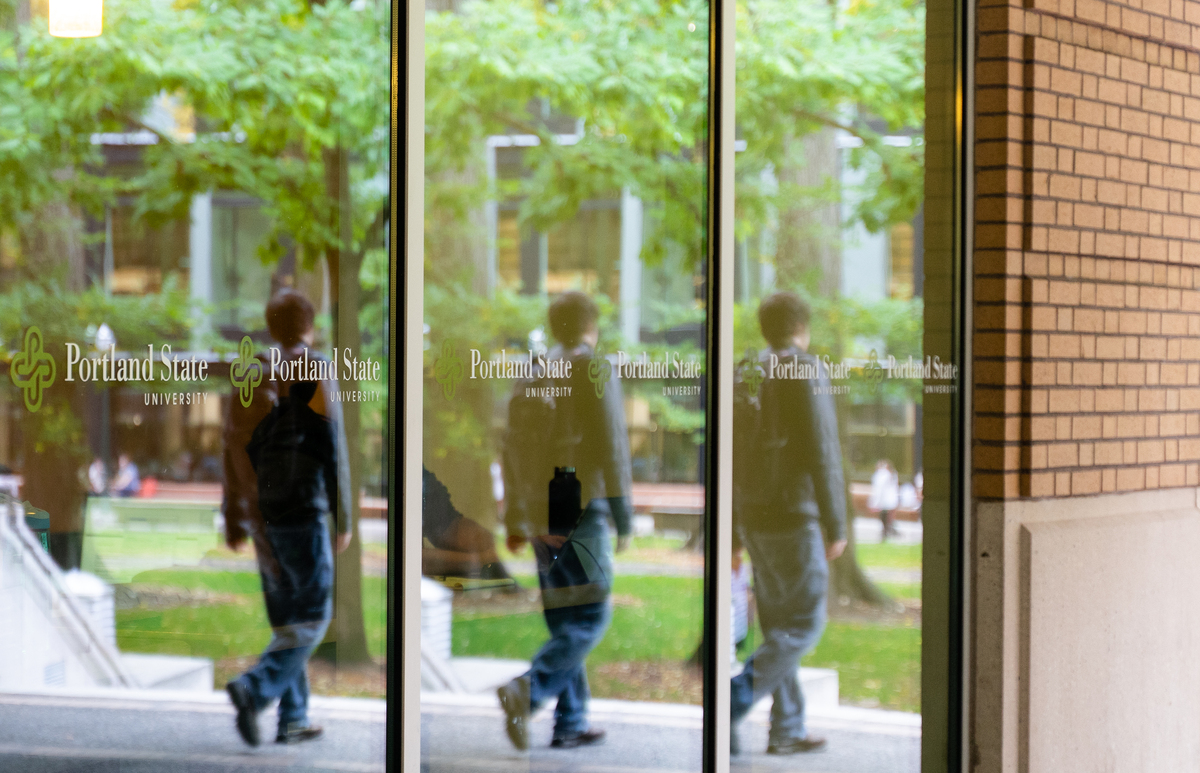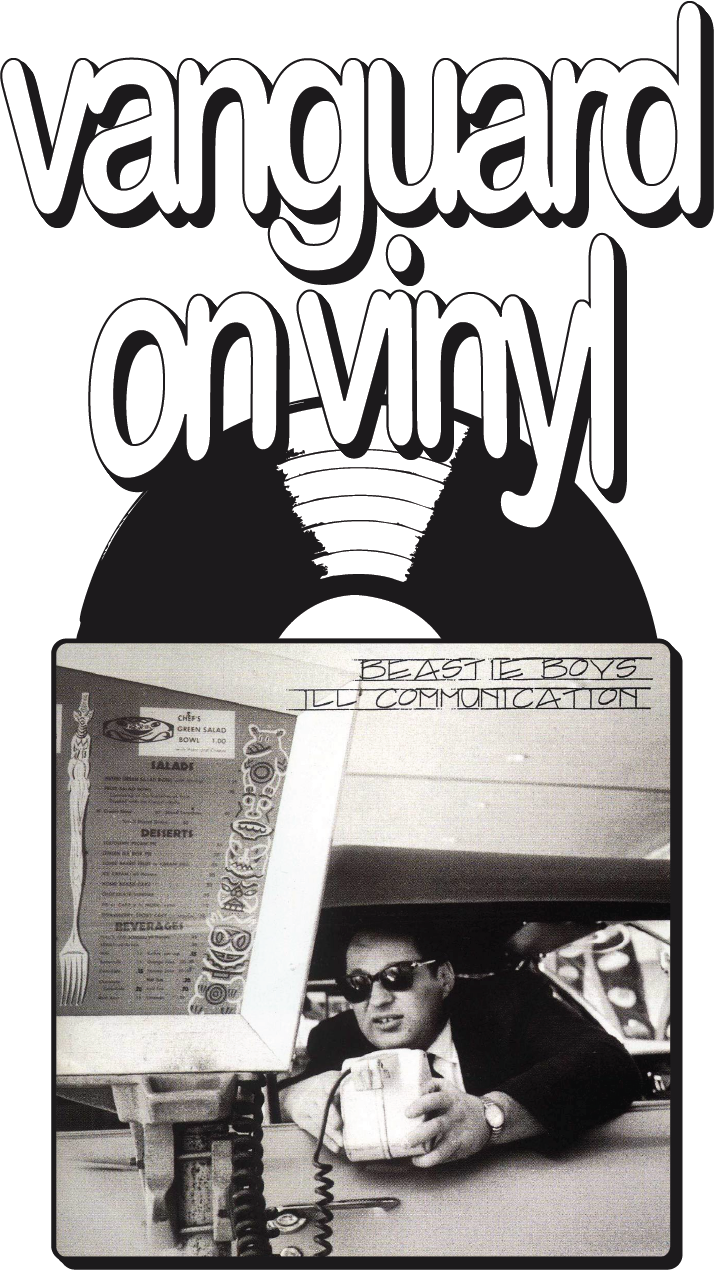In the bustling hallways of our school, conversations about fitness often revolve around the latest workout trends or diet fads. But what if there was a single metric that could not only gauge your athletic prowess but also predict your long-term health and longevity?
VO2 max—a measure that’s been gaining significant attention in both scientific circles and fitness communities.
What is VO2 max? Before we dive into the nitty-gritty, let’s break that down in simple terms. It’s a measure of how efficiently your body uses oxygen during intense exercise.
But as Brad Wipfli, Assistant Dean for Graduate Academic Affairs at the OHSU-PSU School of Public Health, explained, there’s more to it than meets the eye.
“VO2 max is the maximum amount of oxygen that your body can transport throughout your muscles to do work,” stated Wipfli. “That is usually when you are engaging large muscle groups. So something like running, skiing, any aerobic activity.”
This measurement isn’t just about how well your lungs work—it’s a complex interplay of various bodily systems, including your heart, blood vessels, lungs and even your brain. Think of it as a holistic snapshot of your cardiorespiratory fitness.
Here’s where things get really interesting. Recent studies have shown that VO2 max isn’t just for athletes—it’s a crucial indicator of overall health and longevity for everyone.
“We do know, research does show that people with higher VO2 max tend to have lower mortality,” said Erin Bransford, Fitness & Health Promotion Coordinator for PSU Campus Rec
This isn’t just anecdotal evidence. A 2018 review, published in Frontiers in Bioscience-Landmark named VO2 max as the strongest predictor of life expectancy. Even more striking, the American Heart Association recommended incorporating VO2 max into clinical evaluations back in 2016—recognizing its predictive value for cardiovascular health.
But how exactly does a higher VO2 max translate to better health outcomes? Wipfli offers an intriguing explanation.
“We have about two to two and a half billion heartbeats in a lifetime. So when your VO2 max is higher, when you regularly exercise, your resting heart rate will be much lower. So your heart rate goes up for 30 minutes or an hour [during exercise], but then the rest of the day your heart rate will be lower. So you’re kind of extending those two to two and a half billion heartbeats over a longer period of time.”
This concept of “heartbeat conservation” offers a fascinating perspective on how improved cardiovascular fitness could potentially extend our lifespan.
While athletes have long used VO2 max as a benchmark for performance, its relevance extends far beyond the track or field.
“I think the biggest misconception I hear is students say VO2 max doesn’t really matter because they don’t do cardio and that they are not endurance athletes,” said Bransford. “They like to lift weights or like to play basketball, or just generally, want to be healthier and so they kind of dismiss VO2 max, thinking they don’t need to know about that.”
However, this dismissal overlooks the broader implications of VO2 max for overall health.
“VO2 max is like the gold standard for your cardiorespiratory fitness, but is not easily accessible,” stated Wipfli.
This accessibility issue is crucial to address—especially for students who might feel intimidated by the concept. The good news is that improving your VO2 max doesn’t require specialized equipment or extreme workouts.
So, how can the average student or faculty member work on improving their VO2 max?
“The good news is it’s easy,” said Wipfli. “There was a conception for a while that you had to exercise at a really high intensity. That’s not the case. Anything, even a brisk walk or jog is enough to increase our VO2 max. So, it’s really just about getting any sort of exercise on a regular basis.”
He goes on to recommend a baseline of 150 minutes of moderate-intensity exercise per week, or 75 minutes of higher-intensity activities like running. The key takeaway? Consistency and gradual progression are more important than pushing yourself to extremes.
Bransford echoes this sentiment, emphasizing the importance of finding activities you enjoy.
“I think, trying not to get too focused on just one kind of exercise is important,” Bransford said. “I know from a lot of years of coaching and personal training, that people can get really discouraged if they’re focused on one thing and they don’t see the vitals changing on their smartwatches.”
This advice is particularly relevant in our data-driven world, where it’s easy to become fixated on numbers and lose sight of the bigger picture—enjoying movement and improving overall health.
In recent years, the proliferation of fitness trackers and smartwatches has made VO2 max estimation more accessible than ever. However, both experts caution against relying too heavily on these devices.
“Don’t put too much thought into it,” Wipfli explained. “The only way to accurately measure VO2 max is to get into a physiology lab, get yourself hooked up to an oxygen system and get on a bike or a treadmill and push yourself until you can’t process any more oxygen.”
So, if you have a smartwatch that calculates your VO2 max, you definitely want to take the time to set up your profile on your watch, really like every single field, which can feel really tedious,” Wipfli stated. “A lot of people skip that part, but if you don’t put in things like your birth date and your actual weight and height and your gender and your actual activity level and all those questions that they ask you, the estimates are going to potentially have a bigger range of error.”
He goes on to explain how VO2 max relates to overall quality of life.
“The more stress and more strain you’re putting on your body, the harder it is going to be for you,” Wipfli explained. “Regular workouts give you more capacity in your everyday life to accomplish tasks without really straining your body.”
This perspective shifts the focus from pure athletic performance to everyday functionality and well-being—a crucial consideration for students and faculty alike.
As with any area of scientific inquiry, our understanding of VO2 max and its implications continues to evolve. Current research is exploring the genetic factors that influence VO2 max—as well as its potential role in predicting and preventing various health conditions.
This metric is more than just a number—it’s a window into our overall health and potential longevity. For students, understanding and working to improve your VO2 max could set the foundation for a lifetime of better health. For faculty, it offers a new lens through which to view fitness and wellness programs.
The key takeaway? Don’t get bogged down in the numbers.
“I always tell people to think about the numbers only of which are actually helpful and important,” Bransford advised. “But if you’re just more of a casual exerciser and you’re not trying to finish a race in a certain amount of time or compete at a really high level, the numbers are more for fun and interest. It’s more helpful typically if you can focus on the fact that after you work out, you have more energy or you feel better or you can focus better in the class.”
In the end, the VO2 max revolution isn’t about achieving a perfect score—it’s about understanding our bodies better, making informed choices about our health, and enjoying the journey of fitness and well-being. So the next time you lace up your sneakers for a jog or hop on a bike, remember: you’re not just exercising, you’re investing in your long-term health, one breath at a time.






